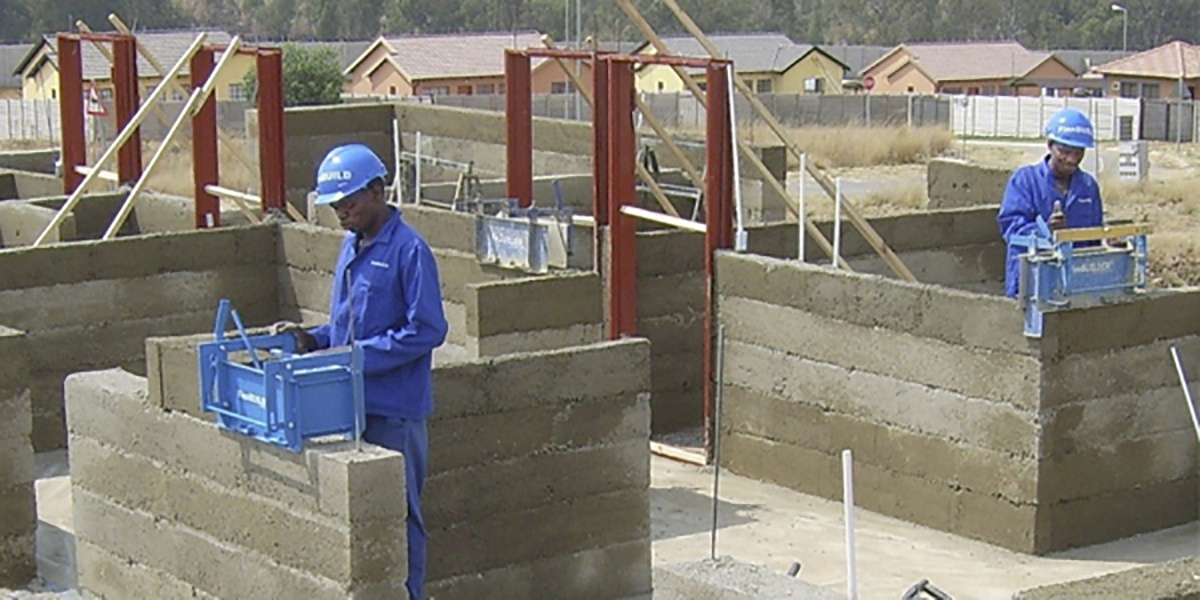UGANDA, Kampala | Real Muloodi News | In Uganda, home construction is a lengthy process. Many factors contribute to the lag between the initial construction phase and the completed build. However, the primary driver is finance.
Ugandans tend to build over an extended period, using their monthly income, personal savings and small loans to construct their houses in drawn-out stages. However, this approach takes a considerable amount of time and funds, which causes delay, costs overrun, and other issues in home construction. The good news is there is a solution to this problem that you should pay close attention to right now; bank loans.
Paying off a mortgage is similar to paying monthly rent, but many believe that getting a bank loan in Uganda is too difficult. However to most Ugandans’ surprise, obtaining loans from banks to purchase, construct or renovate homes may not as difficult as most people think, particularly now. Let’s explore this notion further:
What to Know When Considering a Home Construction Loan
Timing is Everything
According to Jackson Emanzi, Head of Home Loans at Stanbic Bank, timing can be a major contributing factor whether or not you get the facility. Banks are more inclined to give out home loans when interest rates are lower, knowing that the loans are more manageable.
Mr Emanzi further explains that if the interest rates are high, banks assume it will be difficult for borrowers to pay back the loan, increasing their reluctance to lend money.
Low Central Bank Rate
To encourage lending and stimulate economic growth after COVID-19, the Bank of Uganda lowered the Central Bank Rate (CBR) last week by 0.5 percentage points to 6.5 per cent.
Once the Bank of Uganda lowers its rates, most banks follow and reduce their Prime Lending Rates (PLR). The lower interest payments result in more loans being approved. Now is the best time to keep a close eye on lending rates, as it may soon be the best time to secure a bank loan.
Selecting Your Bank
It is also essential to ensure that the bank meets your borrowing objectives. Selecting the right bank by doing ample comparative research about their offers, terms and charges can make borrowing more affordable.
Research is critical because even though the CBR sets the standard in the country, not all banks offer the same. For example, Stanbic Bank Uganda has a lending rate of 15.9%, yet some other banks offer loans as high as 21%.
Every quarter, Bank of Uganda publishes the interest rates and charges at different commercial banks in Uganda to promote transparency and enhance competition. A study of the BoU Banking Charges Guide is worth the effort.
Type of Facility
In addition, the choice of type of facility is equally important. Here we are talking about matching the correct type of debt incurred with the asset requirement. For example, it makes little sense to take out a 20-year, long-term mortgage against your house when all you need to do is build an extension. Here, an equity release that is easier to access and cheaper may be more appropriate.
Interest Rates Are Not the Only Factor
The terms of a loan can significantly contribute to how expensive a loan is. For example, a bank can grant you a 20-year mortgage facility at a friendly interest rate. But if you want to retire the facility early, you may have to pay a 10% penalty on the outstanding amount. Think of it this way, if you had borrowed USh700 million, as a penalty for paying the loan early, you would have to pay USh70 million.
The terms and conditions of the loan depend on the bank’s internal lending policies, nature of the land, and size of the bank. Don’t forget to look this up when you do your homework!
READ MORE LIKE THIS:



